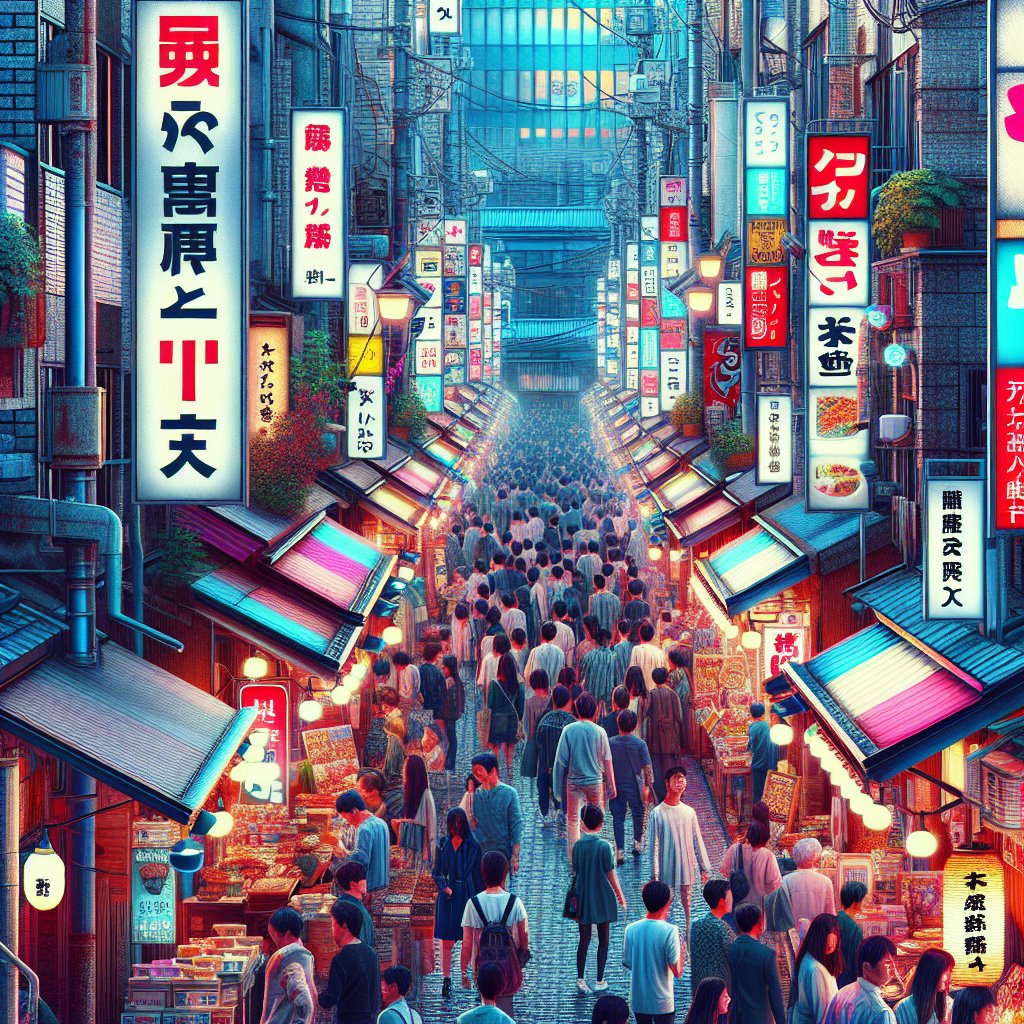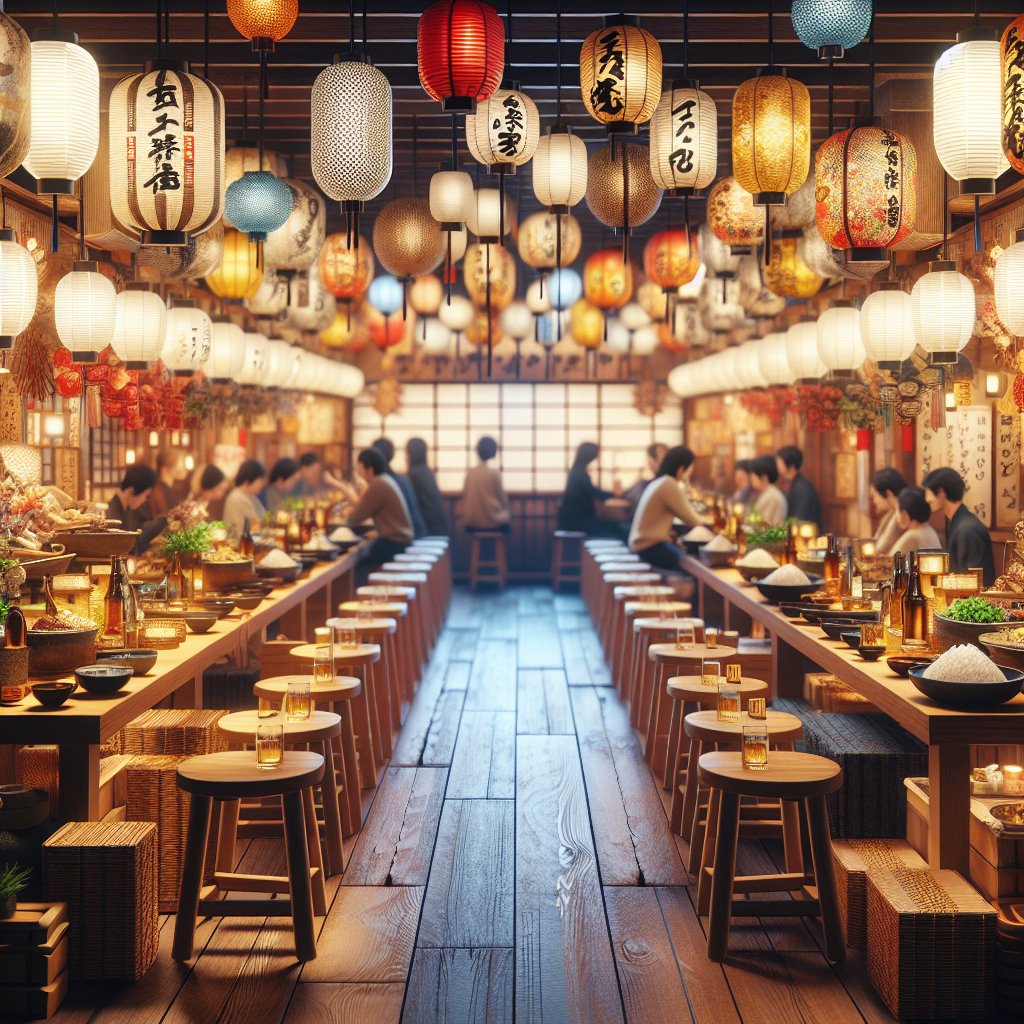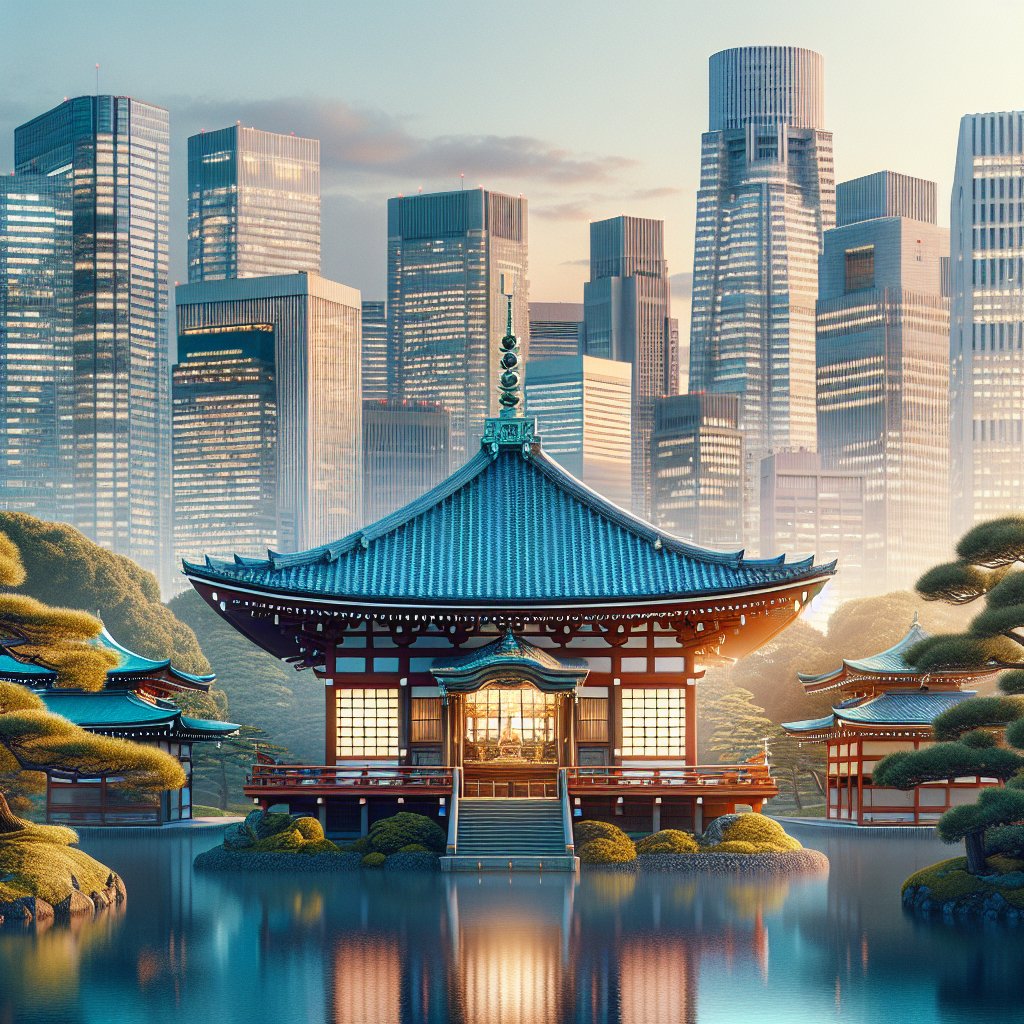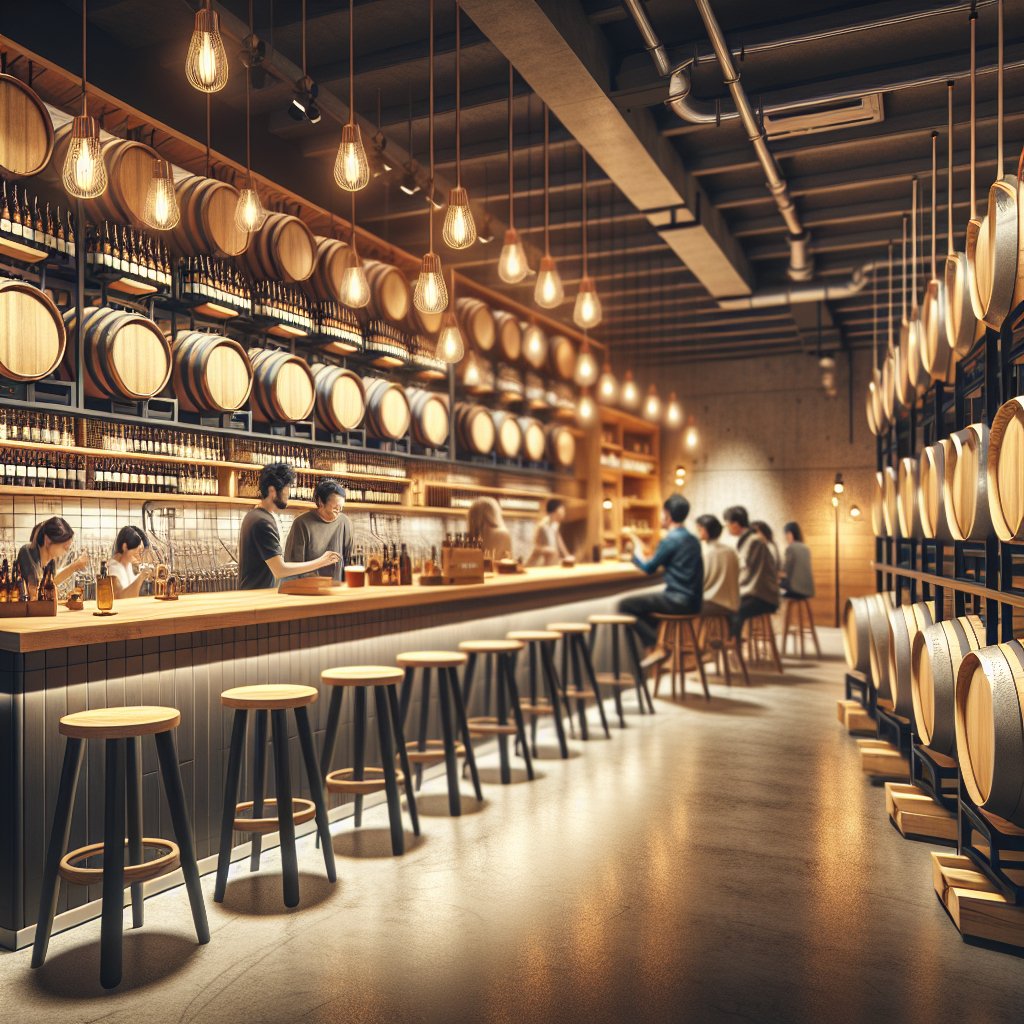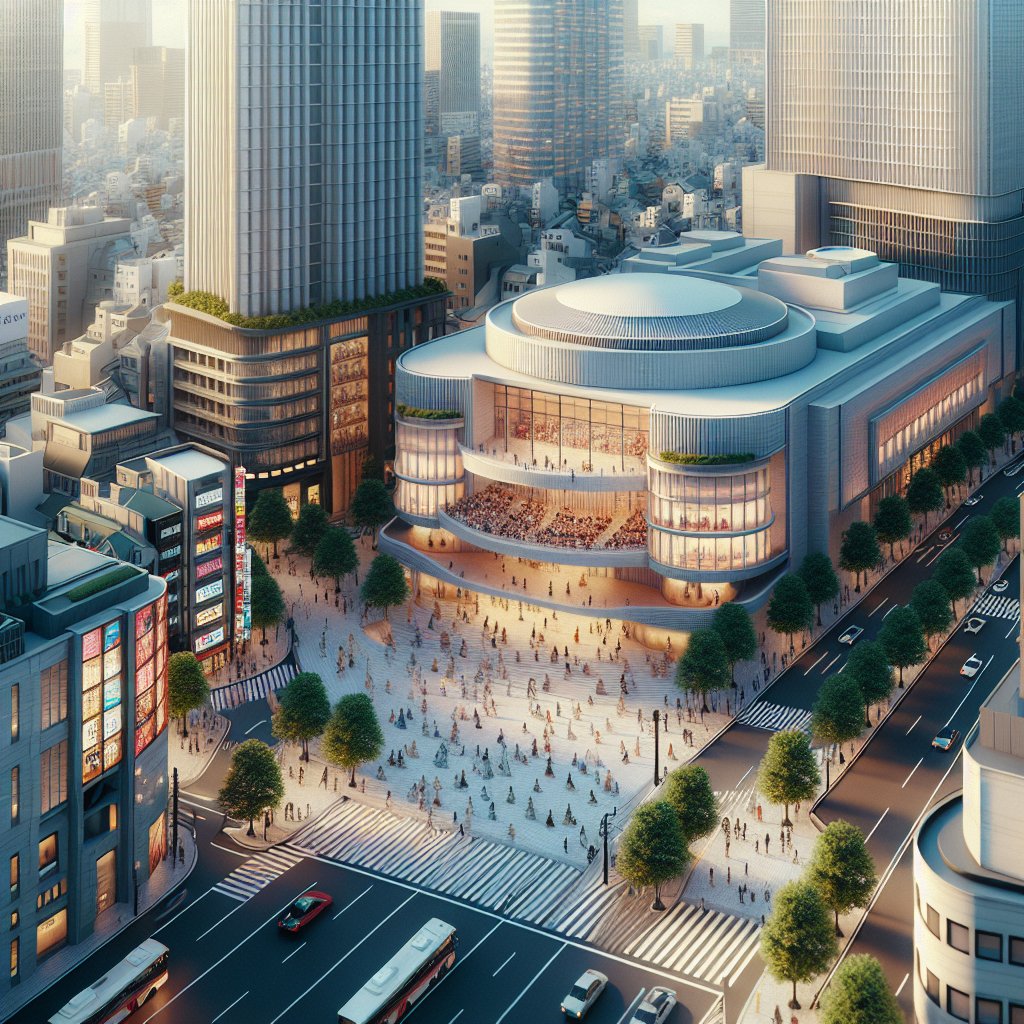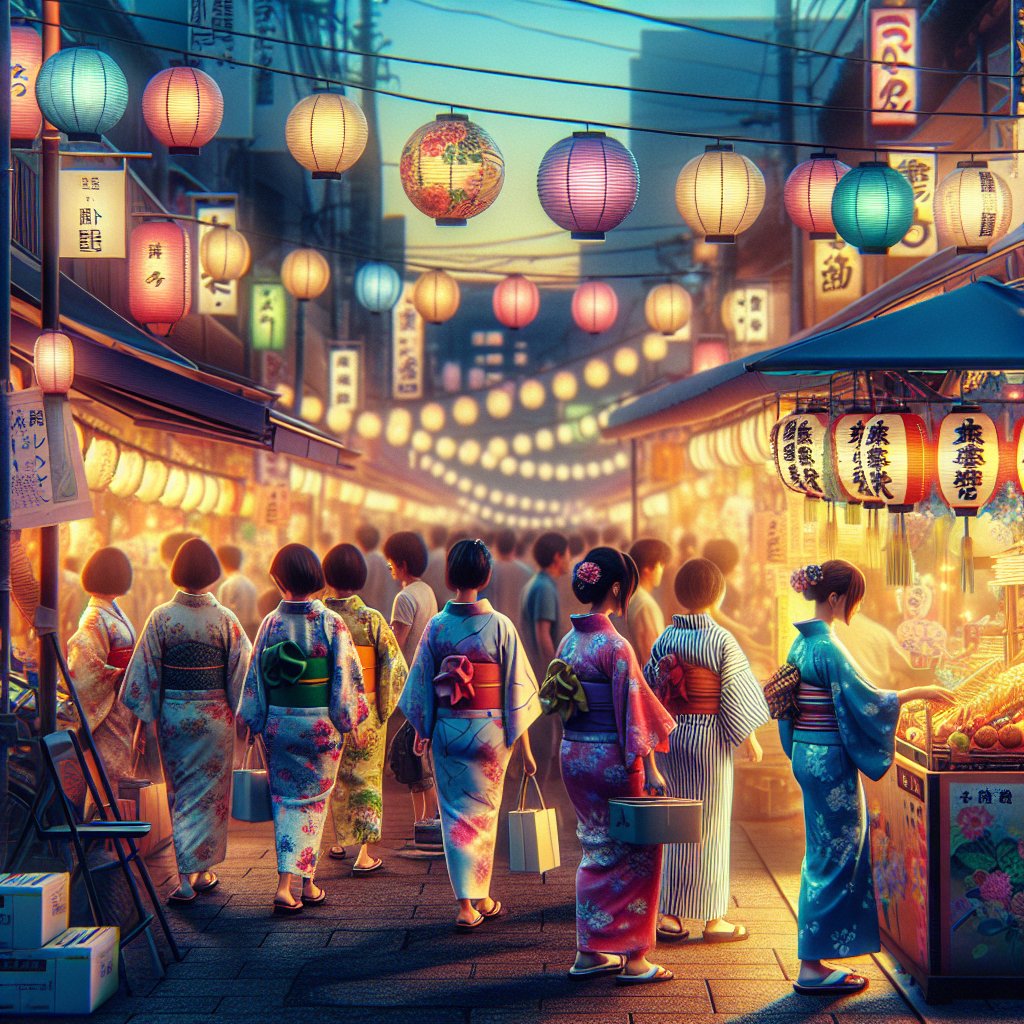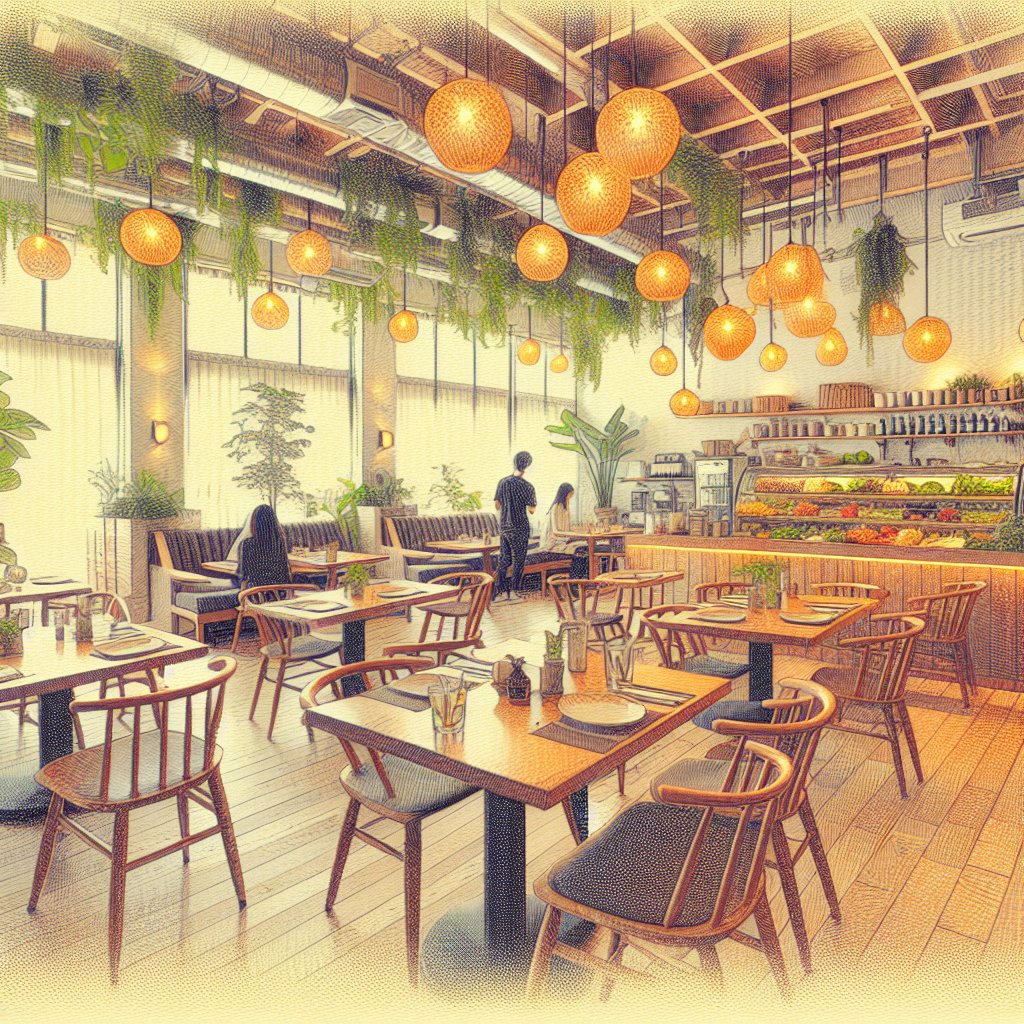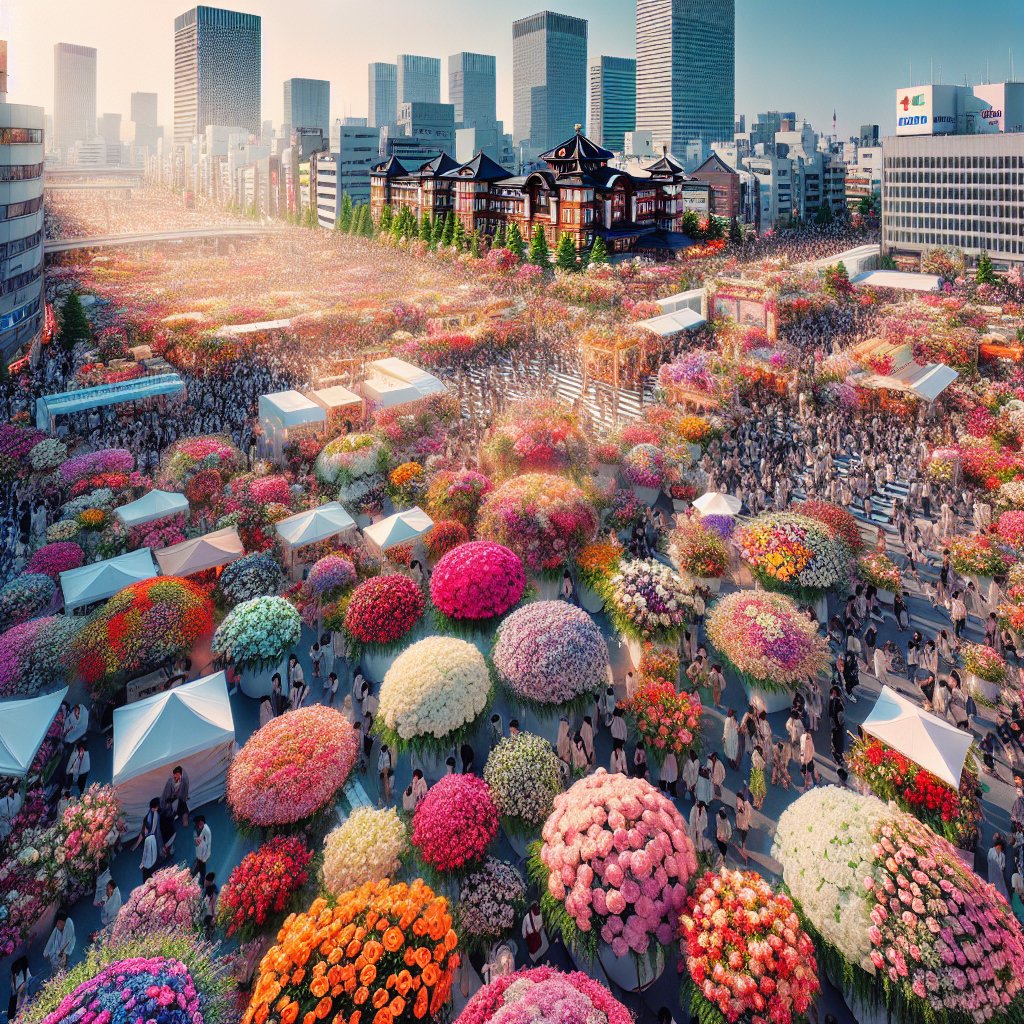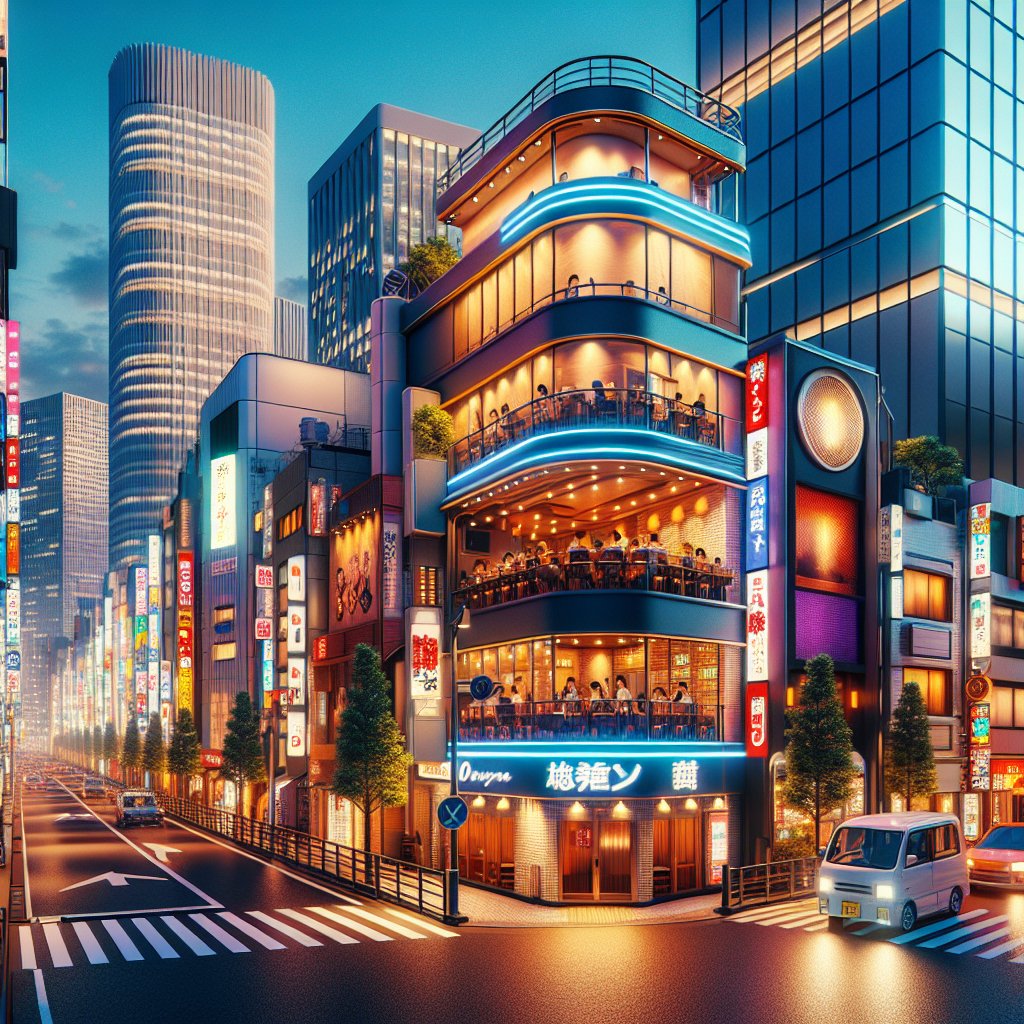Japanese calligraphy, known as “shodō,” is a revered art form that has been practiced for centuries, and Tokyo, as Japan’s bustling capital, offers a unique blend of traditional and contemporary experiences for those interested in exploring this cultural treasure. From ancient temples to modern galleries, Tokyo provides a rich tapestry of opportunities to delve into the world of Japanese calligraphy.
The Historical Roots of Japanese Calligraphy
Japanese calligraphy has its origins in Chinese calligraphy, which was introduced to Japan around the 6th century. Over time, Japanese calligraphy evolved into its own distinct art form, characterized by unique styles and techniques. The art of shodō is not merely about writing characters; it is a meditative practice that emphasizes the beauty of each stroke and the harmony between the brush, ink, and paper.
In Tokyo, the historical roots of calligraphy can be explored through various cultural sites and institutions. The Tokyo National Museum, located in Ueno Park, houses an extensive collection of calligraphic works, including ancient scrolls and manuscripts. Visitors can admire the evolution of calligraphy styles and gain insight into the cultural significance of this art form throughout Japanese history.
Another significant site is the Senso-ji Temple in Asakusa, Tokyo’s oldest temple. Here, visitors can witness the integration of calligraphy in religious practices, as the temple’s architecture and artifacts often feature intricate calligraphic designs. The temple grounds also host calligraphy workshops, where participants can learn the basics of shodō under the guidance of skilled practitioners.
Modern Calligraphy in Tokyo
While deeply rooted in tradition, Japanese calligraphy continues to evolve, and Tokyo is at the forefront of this modern transformation. The city is home to numerous contemporary art galleries and studios that showcase innovative calligraphic works, blending traditional techniques with modern aesthetics.
One such venue is the 3331 Arts Chiyoda, an independent art center that frequently hosts exhibitions and workshops focused on contemporary calligraphy. Here, artists experiment with new materials and styles, pushing the boundaries of what calligraphy can be. Visitors can engage with these modern interpretations and even participate in interactive sessions to create their own calligraphic art.
In addition to galleries, Tokyo’s vibrant cultural scene includes calligraphy-themed cafes and shops. These establishments offer a relaxed environment where patrons can enjoy tea or coffee while practicing calligraphy. Some cafes provide all the necessary materials, allowing visitors to try their hand at writing kanji characters or creating personalized calligraphic pieces.
Learning Calligraphy in Tokyo
For those interested in a more immersive experience, Tokyo offers a variety of calligraphy classes and workshops suitable for all skill levels. Many cultural centers and community schools provide courses that cover the fundamentals of shodō, from brush techniques to the philosophy behind each stroke.
One popular option is the Shodōka Calligraphy School, which offers classes in both English and Japanese. The school provides a comprehensive curriculum that includes traditional and modern calligraphy styles, allowing students to develop their skills and express their creativity. Experienced instructors guide participants through each lesson, ensuring a supportive and enriching learning environment.
Additionally, private calligraphy lessons are available for those seeking personalized instruction. These sessions can be tailored to individual interests and goals, whether it’s mastering a specific style or creating a unique calligraphic artwork. Private lessons offer the flexibility to learn at one’s own pace and receive focused attention from the instructor.
Calligraphy Events and Festivals
Tokyo hosts a variety of calligraphy events and festivals throughout the year, providing opportunities for both locals and tourists to celebrate this art form. One notable event is the Tokyo Calligraphy Festival, held annually in January. The festival features exhibitions, live demonstrations, and competitions, attracting calligraphy enthusiasts from across Japan and beyond.
During the festival, visitors can witness master calligraphers in action, observe their techniques, and gain a deeper appreciation for the skill and artistry involved in shodō. The event also includes workshops and interactive sessions, allowing participants to try their hand at calligraphy and learn from experienced practitioners.
Another significant event is the Shodō Performance Art Festival, which combines calligraphy with other art forms such as music and dance. This innovative festival showcases the dynamic and expressive potential of calligraphy, highlighting its relevance in contemporary art and culture. Attendees can enjoy captivating performances and explore the intersection of traditional and modern artistic expressions.
Conclusion
Exploring Japanese calligraphy in Tokyo offers a unique opportunity to connect with Japan’s rich cultural heritage while experiencing the vibrant and dynamic art scene of its capital city. Whether visiting historical sites, engaging with contemporary art, or participating in hands-on workshops, Tokyo provides a diverse array of experiences for those interested in the art of shodō. As calligraphy continues to evolve, Tokyo remains a vital hub for both preserving tradition and fostering innovation in this timeless art form.


